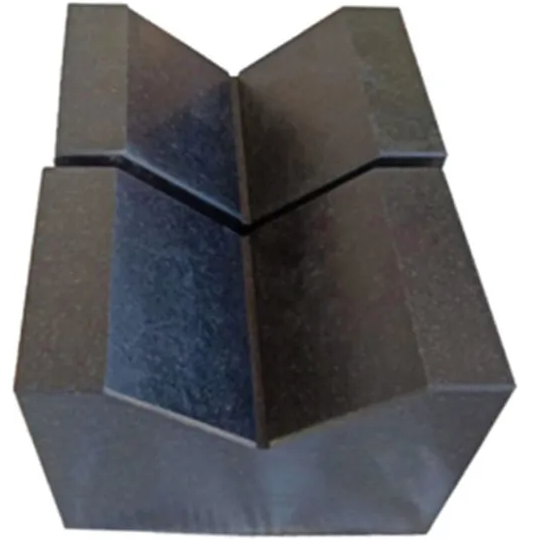Nov . 29, 2024 22:02 Back to list
Understanding Various Check Valve Designs and Their Applications in Fluid Dynamics
Different Types of Check Valves A Comprehensive Overview
Check valves, also known as non-return valves, play a crucial role in various fluid systems by allowing fluid to flow in one direction while preventing backflow. They are essential components in applications ranging from water supply and wastewater treatment to oil and gas pipelines and chemical processing. Understanding the different types of check valves, their working principles, and their applications is vital for engineers and technicians involved in the design and maintenance of fluid control systems.
Types of Check Valves
1. Swing Check Valve The swing check valve is one of the most common types. It consists of a disc that swings on a hinge or a pivot. When fluid flows in the intended direction, the disc swings open, allowing the fluid to pass through. If the flow reverses, the disc swings back, sealing against the valve seat and preventing backflow. Swing check valves are efficient for high flow rates and are often used in water supply systems and hydraulic applications.
2. Lift Check Valve The lift check valve operates similarly to a swing check valve but allows the disc or ball to move vertically. When fluid flows in the correct direction, the lift mechanism lifts the disc off the seat. Conversely, if the flow reverses, the disc returns to the seat due to gravity or fluid pressure, preventing backflow. Lift check valves are suitable for vertical piping applications and are commonly used in steam and water services.
3. Ball Check Valve In a ball check valve, a ball is used as the closing element. The ball sits on a seat and blocks the flow when fluid attempts to flow in the reverse direction. When fluid flows in the forward direction, the force of the fluid lifts the ball off the seat. Ball check valves are compact and reliable and are often found in low-pressure applications such as sump pumps and drainage systems.
different types of check valves

4. Diaphragm Check Valve Diaphragm check valves utilize a flexible diaphragm that opens and closes based on fluid flow direction. When fluid flows in the correct direction, it pushes the diaphragm upward, allowing flow. If backflow occurs, the diaphragm seals against the valve body, preventing any reverse flow. These valves are often used in applications involving corrosive fluids or where a tight seal is critical, such as in chemical processing plants.
5. Tilting Disc Check Valve This type of valve features a disc that tilts on a hinge. As fluid flows through the valve, the disc tilts, allowing flow while offering minimal resistance. In cases of backflow, the disc tilts back into the closed position. Tilting disc check valves are particularly valued for their low pressure drop and are suitable for large-scale industrial applications, including power plants and oil refineries.
6. Spring Check Valve A spring check valve uses a spring-loaded disc or ball to control flow. The spring maintains a closed position until fluid pressure exceeds the spring's force, allowing flow to occur. If backflow occurs, the spring forces the closing element back into the seat. These valves are reliable and compact, making them suitable for applications where space is limited.
Applications and Considerations
Choosing the right type of check valve largely depends on the specific requirements of the application, including flow rate, pressure, and the nature of the fluid. It is critical to consider factors such as the potential for cavitation, the need for a tight seal, and the installation orientation (horizontal or vertical). Additionally, materials of construction should be selected based on the fluid characteristics to ensure durability and longevity.
In conclusion, check valves are essential components in fluid control systems, serving to prevent backflow and ensure the safety and efficiency of operations. By understanding the various types of check valves available, engineers and technicians can make informed decisions when designing and maintaining systems across various industries. Whether using swing, lift, ball, diaphragm, tilting disc, or spring check valves, knowledge of their functions and applications enables the selection of the most appropriate valve type for specific operational needs.
-
Y Type Strainer Maintains System Efficiency Long TermNewsJul.15,2025
-
Valve Selection Guide for Industrial ApplicationsNewsJul.15,2025
-
Steel Fab Table Provides Durable Work Surface for WeldingNewsJul.15,2025
-
Pad Iron Provides Stable Support for Heavy MachineryNewsJul.15,2025
-
One Inch Check Valve Fits Standard Plumbing SystemsNewsJul.15,2025
-
Measuring Micrometer Ensures Precise Dimensional AccuracyNewsJul.15,2025
Related PRODUCTS









